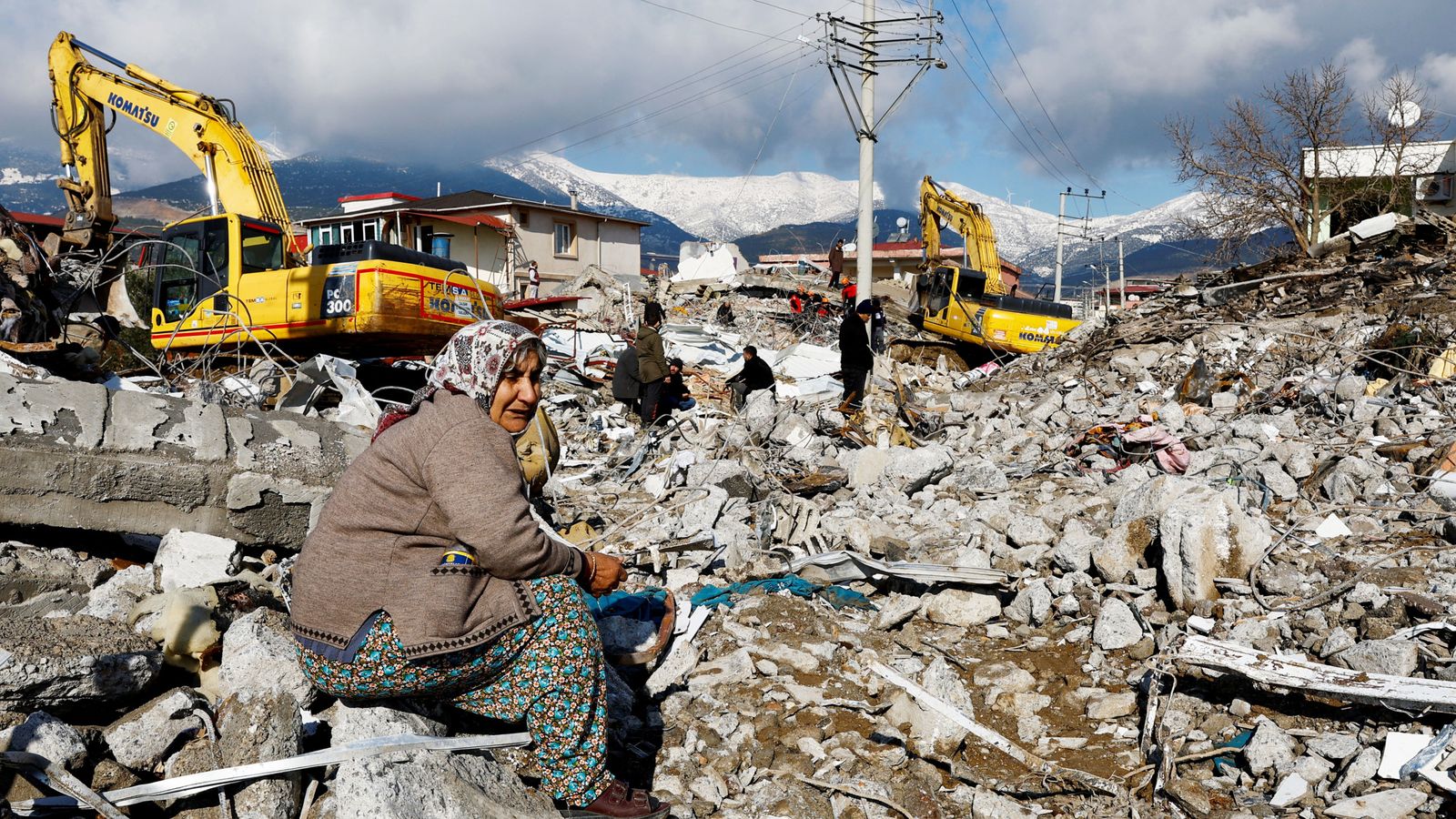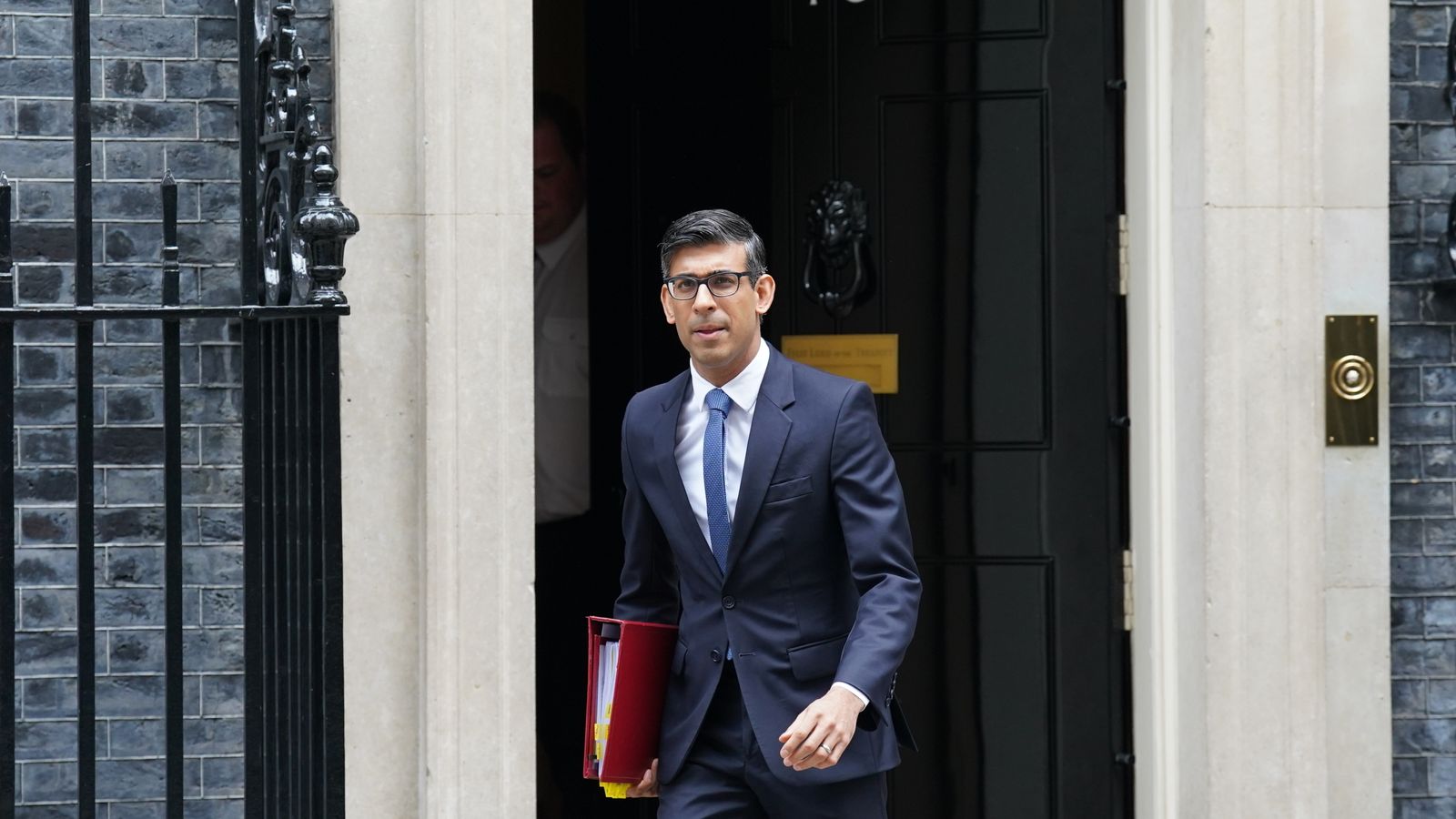Rescue efforts continue following the devastating earthquakes which struck Turkey and Syria.
More than 5,100 people are dead as a result of the tremors, which saw buildings crumble within seconds and left thousands trapped under what remained.
Patients left to die in ‘forgotten hospitals’ – earthquake latest
As emergency responders, military forces, aid workers, and volunteers comb through the rubble, the international community has also pledged assistance.
Technology is already playing a critical role, as it has done in response to previous humanitarian disasters – here are some of the ways it could be used in Turkey and Syria in the coming days and weeks.
Drones
While drones are becoming increasingly known for their role in modern warfare, notably in Ukraine, they are also invaluable tools during natural disasters.
Many of the images from Turkey and Syria, showing the sheer scale of the earthquake destruction, have come via drones, which allow emergency responders to get a clearer picture of what’s happened.
Spain has said it will send drones to Turkey as part of its aid package.
Drones don’t just provide a bird’s eye view, but can also be equipped with sensors to assess damage – such as by detecting high levels of methane, which may indicate broken gas supplies at risk of exploding.
Please use Chrome browser for a more accessible video player
NASA’s FINDER tool
Packed into a device no bigger than a suitcase, NASA technology that can detect heartbeats under 30ft of rubble has been used to help find survivors after earthquakes.
In 2015, the space agency’s FINDER (Finding Individuals for Disaster and Emergency Response) tool found four men buried beneath around 10ft of brick, mud, wood, and other debris in the Nepalese village of Chautara.
Two years later, the technology was licensed to companies in Mexico responding to a 7.1 magnitude earthquake in Mexico City.
It works by sending a low-power microwave signal through rubble and looks for changes in the reflections of those signals coming back – which could be caused by small movements like breathing and heartbeats.
Read more:
Death toll ‘could rise to 20,000’
Before and after pictures show earthquake devastation
Satellite mapping
Within hours of the first earthquake striking Turkey and Syria on Monday, the United Nations activated its emergency mapping satellite service.
This is essentially a live map, which aims to provide a real-time view of the damage caused by the quake and show just how far-reaching its impact is.
But despite its name and function, the United Nations Satellite Centre does not operate its own satellites – it instead relies on member states to gather the imagery from government agencies and private firms.
The EU has also switched on its Copernicus satellite system to provide emergency mapping services.
Read more:
‘The worst kind of earthquake’
Why have so many been killed?
Satellite internet
Elon Musk has made a habit of offering his help in times of crisis – whether it’s welcome or not.
His SpaceX company’s Starlink internet service was brought to Ukraine to aid the war effort last year, but his deployment of engineers to help rescue a young football team trapped in a flooded cave in Thailand in 2018 was not quite so welcome, and the subsequent backlash ended up in court.
In the case of the earthquakes, Musk has said that SpaceX is ready to send Starlink “as soon as approved” by the Turkish government.
Starlink prides itself on its ability to deliver superfast broadband to the world’s most challenging environments, with receiver devices on the ground connecting to thousands of satellites in Earth’s low orbit.
The idea is that more satellites means lower latency and more reliable service than other broadband firms, which traditionally use single satellites orbiting the planet.
Please use Chrome browser for a more accessible video player
Social media
Like previous disasters, social media plays a key role in coordinating aid, finding people who need help, and sharing eyewitness accounts of the worst-hit areas.
A tweet by someone who said they were trapped under rubble at their home in the city of Antakya and needed aid has been retweeted more than 43,700 times and seen by 5.3 million people.
Government agencies have been providing updates on their official accounts, while the Turkish Red Cross has been sharing ways for people to offer their help – including donations.








